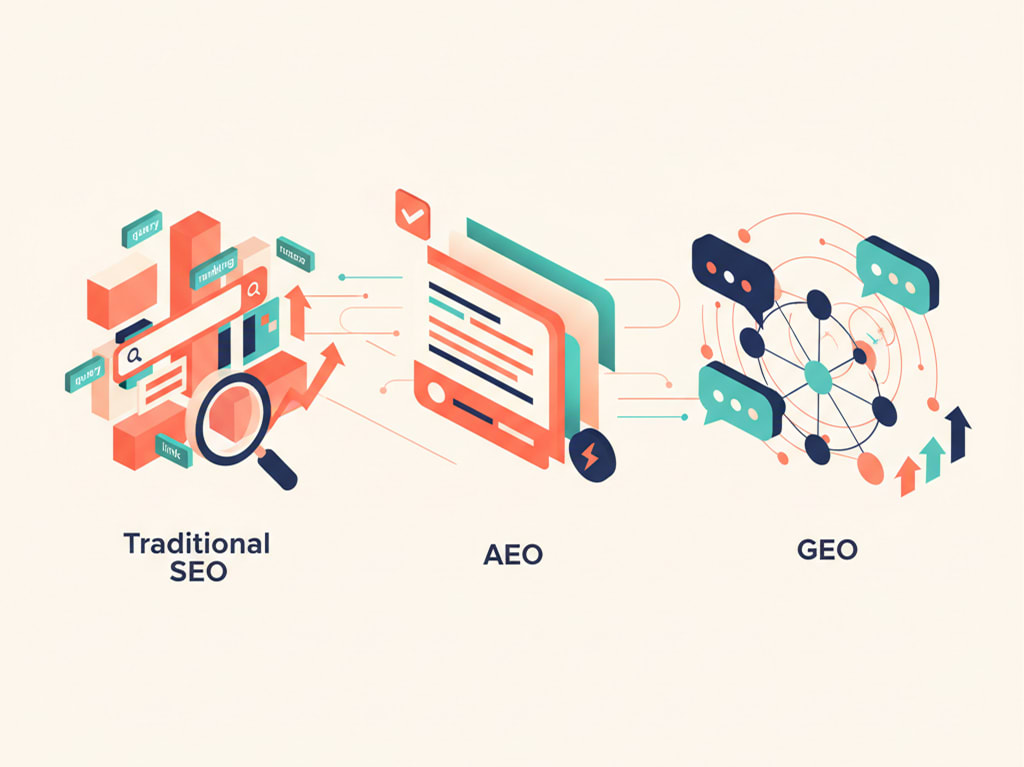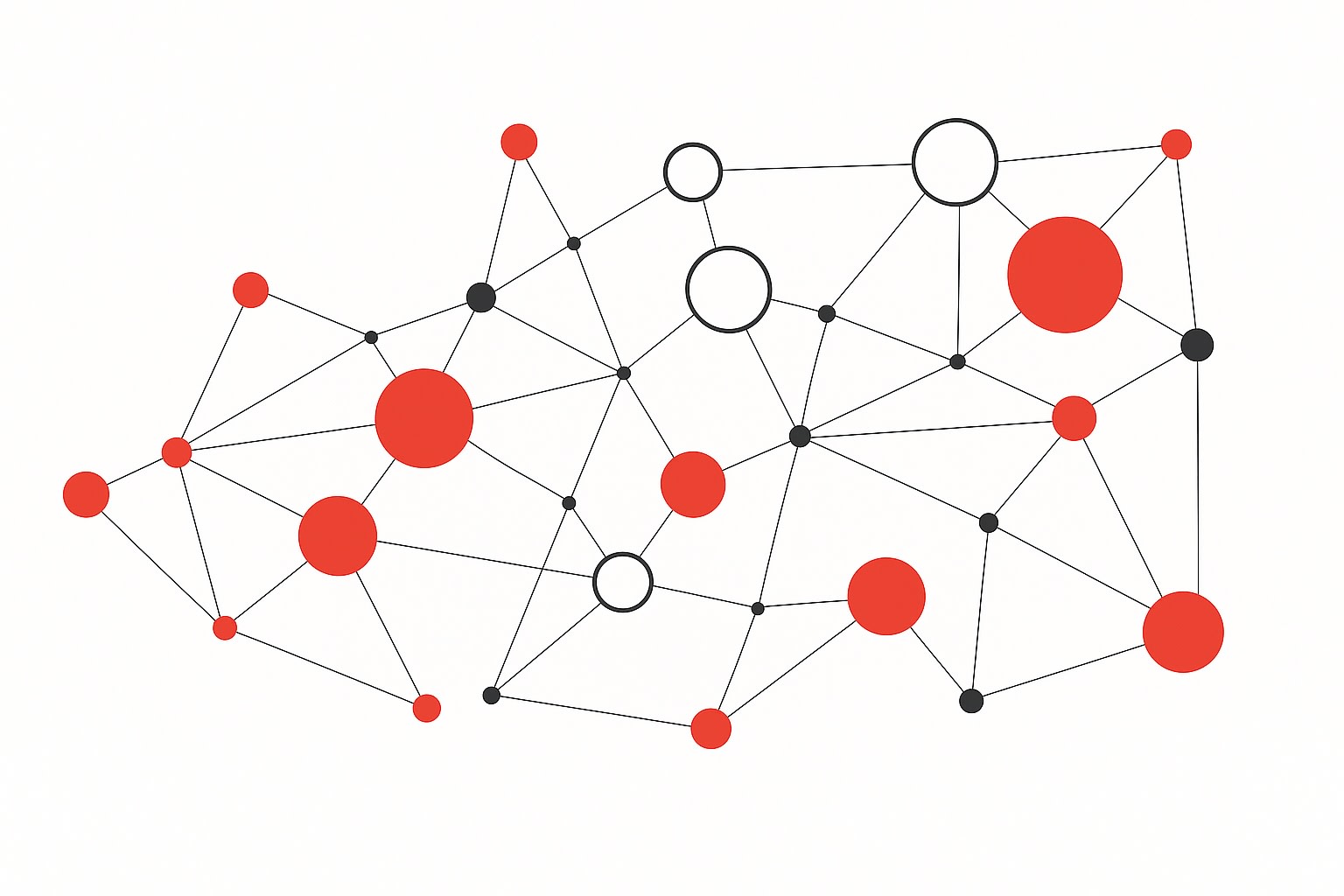Blog

Search engines now use AI to answer questions directly, often without sending users to your site. This comprehensive guide covers Answer Engine Optimization (AEO) and Generative Engine Optimization (GEO)—two complementary strategies for appearing in AI-generated answers, featured snippets, and voice search results.

Enterprise transformations consistently fail because companies rush from high-level strategy straight into design and development, bypassing the crucial work of defining what they're actually building and why.

The difference between AI that scales your design vision and AI that erases it? Whether your design system's implicit rules are documented where AI tools can actually read them. Here's how to teach AI what makes your design unique.

For over 12 years, our business model has been straightforward: time and materials billing based on developer hours. While others competed on price with offshore teams, we competed on our ability to solve complex problems in highly regulated industries, hitting impossible deadlines time and time again. We became the team enterprises called when they couldn't afford to fail – or when they’d already tried and it didn't work.

Vibe coding with Claude can lead to fast code and bad abstractions. Learn how the OODA Loop and interview step improve AI-generated code quality. Part of the 2025 AI Coding Workflow Best Practices Series.

Most enterprise DXP failures stem from a single architectural flaw: fragmented codebases. A monorepo enforces integration discipline, reduces costs, and enables AI-driven personalization. Without it, your platform is at risk of collapse. If you’re responsible for delivering a scalable customer platform, here’s why foregoing a monorepo architecture is a strategic liability.

I recently joined a team in a great position - their GraphQL API PoC was green-lit to become the company's future platform and was nearing feature parity with their existing REST-ish API. As more product teams inside the company started building applications on the GraphQL API, the API team had to dedicate time to support, operations, bug fixes, and new features requested by product teams. Time for performance improvements was squeezed out, so I joined the effort to lower the server's response times and reduce resource usage with my fresh eyes and questions about everything.

I’m not a developer, but I built and deployed a headless AI agent in a single day – at zero cost. In this guide, I’ll walk through my approach, the technologies I used, and how I integrated embeddings from our headless CMS for retrieval-augmented generation (RAG). I’ll also cover how I implemented an open-source AI governance tool to ensure accountability and monitoring.








